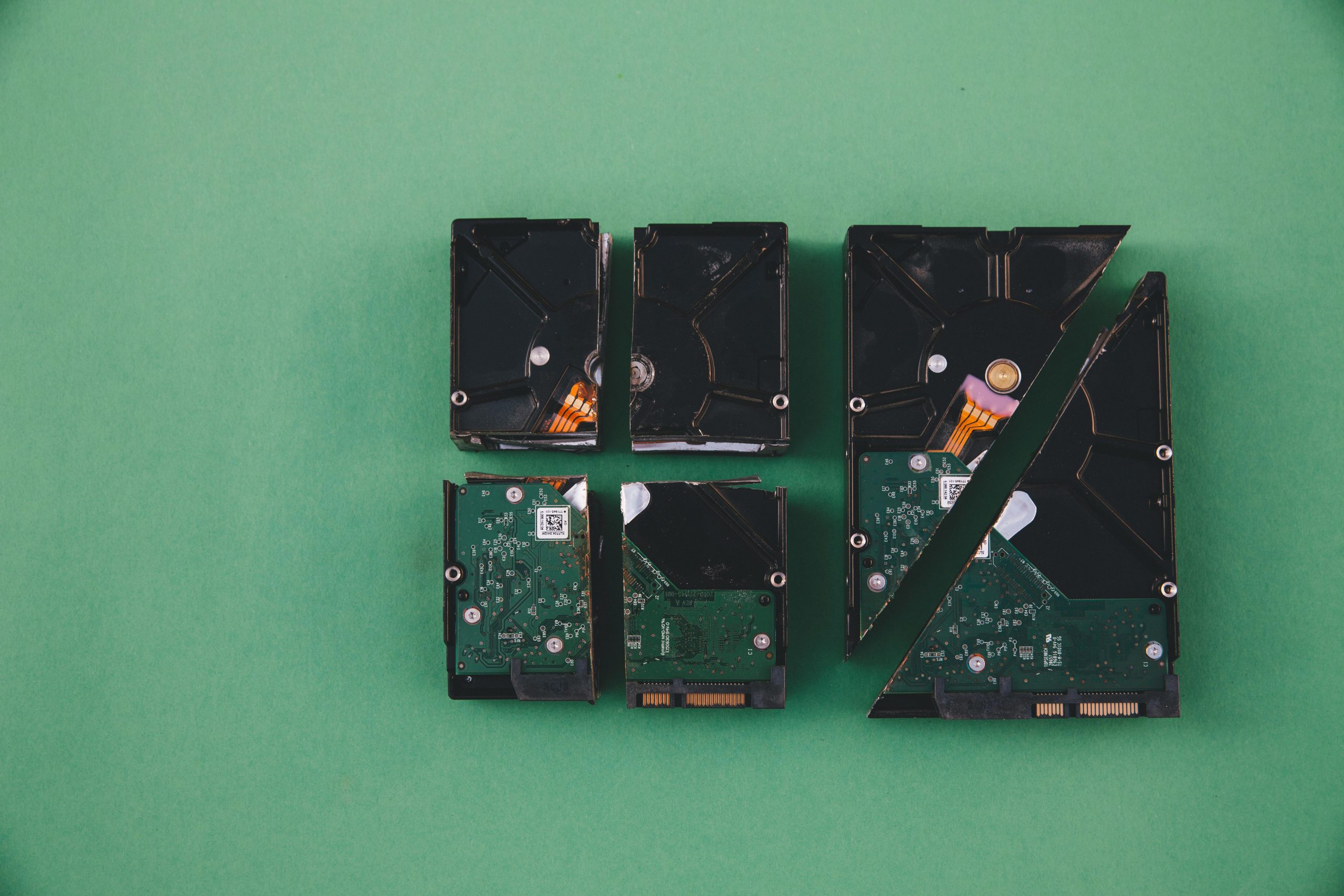Effective Strategies for Resolving File Transfer Freezes from External Hard Drives to Your PC
Transferring large files or entire folders from an external hard drive to a new PC can sometimes be a frustrating experience, especially when the process causes the system to freeze or become unresponsive. If you are encountering such issues, you’re not alone—many users face similar challenges. This article explores common reasons behind transfer freezes and offers practical solutions to facilitate a smooth migration of your files.
Common Causes of Transfer Freezes
Several factors can contribute to your external hard drive causing your computer to freeze during file transfer:
- Hardware Issues:
- A failing or aging external drive may have bad sectors or connectivity problems.
-
Faulty USB ports or cables could lead to unstable data transfer.
-
File System Errors:
-
Corrupted file system on the external drive can disrupt copying processes.
-
System Limitations:
-
Insufficient system resources, such as RAM or CPU usage, may slow down or freeze transfer tasks.
-
Large File Sizes:
- Moving very large files may overwhelm the system, especially if combined with other active processes.
Strategies to Successfully Transfer Files
1. Check the Integrity of Your External Drive
Start by verifying the health of your external hard drive. Use built-in tools like Windows’ Error Checking feature or third-party utilities such as CrystalDiskInfo to scan for hardware issues. If errors are detected, consider backing up data using alternative methods before protocol repairs or hardware replacement.
2. Use Reliable Data Transfer Methods
– Copy in Smaller Batches:
Instead of transferring large files all at once, break the transfer into smaller segments. This reduces the load on your system and minimizes freezing risks.
- Use Command-Line Tools:
Tools like Windows Command Prompt’srobocopyorxcopyallow for more controlled and resilient copying processes. For example,robocopycan resume interrupted transfers and verify data integrity.
Example robocopy command:
bash
robocopy E:\Folder D:\BackupFolder /E /Z /V
where E:\Folder is your external drive, and D:\BackupFolder is your PC’s destination.
3. Verify Connectivity and Hardware Health
– Use different USB ports and cables to rule out connection issues.
– Avoid hub connections; connect directly to the
Share this content:



